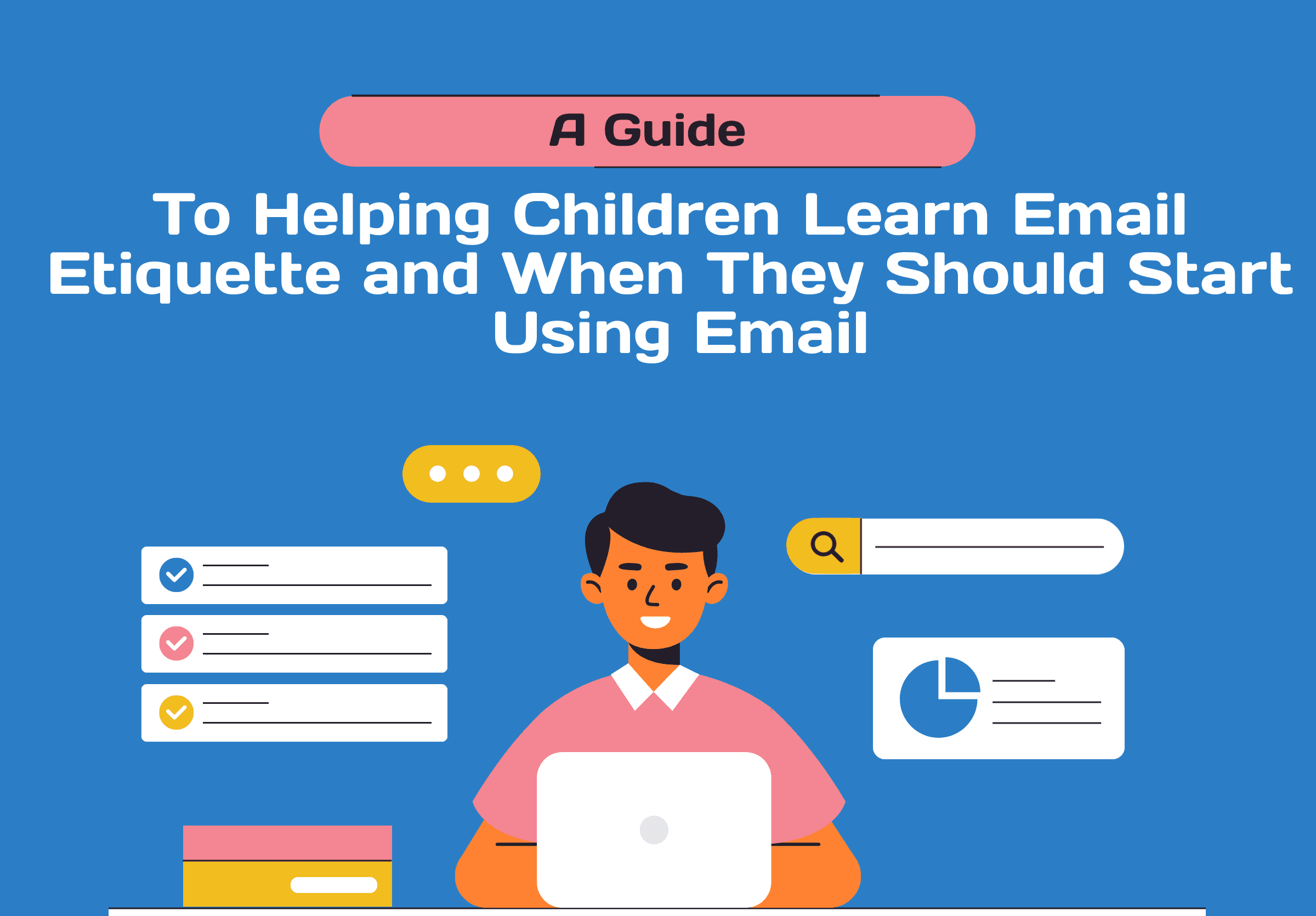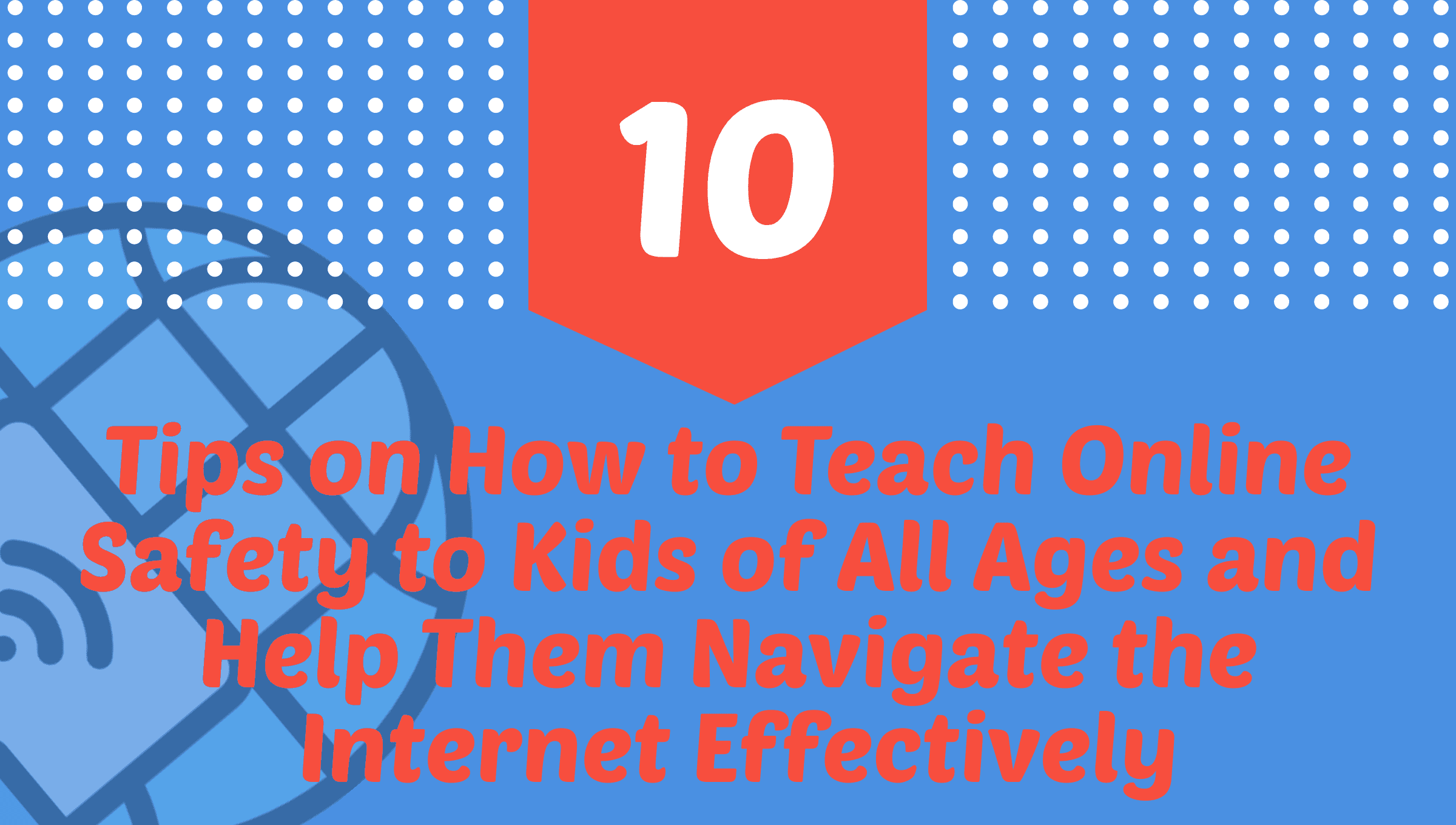Childhood bullying is a significant issue that can have long-lasting effects on children’s well-being. The prevalence of bullying among school-aged children is concerning, with statistics indicating the scope of the problem:
About 1 in 5 high school students reported being bullied on school property. This highlights the extent of in-person bullying incidents that occur within educational settings.
More than 16% of high school students reported being bullied online. Cyberbullying has become increasingly prevalent with the widespread use of digital platforms, social media, and online communication channels.
Preventing bullying:
To effectively address and prevent bullying, it is crucial to implement comprehensive strategies that create a safe and inclusive environment for all children. Here are key approaches to preventing bullying:
- Recognize bullying: Educating children, parents, and educators about the different forms of bullying and its signs is essential. Recognizing and acknowledging bullying behaviors can help in early intervention and support.
- Building a safe environment: Establishing a positive and inclusive school climate is crucial in preventing bullying. This involves promoting respect, empathy, and tolerance among students, as well as fostering a sense of belonging and support within the school community.
- Educate compassion and communication skills: Teaching children empathy, kindness, and effective communication skills can contribute to creating a culture of respect and understanding. Promoting these values helps children develop healthy relationships and reduces the likelihood of engaging in or tolerating bullying behavior.
- Encourage reporting and intervention: Creating an environment where children feel safe and empowered to report incidents of bullying is vital. Encouraging bystander intervention and providing clear reporting mechanisms can help victims receive timely support and intervention.

Common types of bullying:
Bullying can manifest in various forms, each with its own impact on the victim. Understanding the different types of bullying is crucial in addressing and preventing these behaviors. Common types of bullying include:
- Physical bullying: This involves physical aggression, such as hitting, kicking, pushing, or damaging the victim’s belongings.
- Verbal bullying: Verbal bullying includes name-calling, insults, teasing, and hurtful comments aimed at belittling or demeaning the victim.
- Relational/social bullying: This form of bullying focuses on damaging the victim’s relationships and social standing, such as spreading rumors, excluding the victim from social activities, or manipulating friendships.
- Damage to property of the victim: Bullying can also involve intentional destruction or theft of the victim’s belongings, causing emotional distress and financial burden.
By addressing the prevalence of bullying, implementing preventive measures, and fostering a culture of respect and empathy, we can create safer environments for children, enhance their well-being, and contribute to their positive development. It is essential for parents, educators, and communities to work together to prevent and address bullying effectively.
Conclusion
In conclusion, the prevalence of childhood bullying remains a concerning issue with profound and lasting impacts on the well-being of our youth. The statistics reveal the widespread occurrence of both traditional in-person bullying and the escalating challenge of cyberbullying, emphasizing the urgency of comprehensive prevention strategies.
To effectively combat bullying, a multi-faceted approach is essential. Recognizing the signs and forms of bullying, fostering a safe and inclusive environment within schools, and educating children on empathy and communication skills are pivotal steps. By promoting respect, empathy, and kindness, we can cultivate a culture that actively discourages and prevents bullying behaviors.
Encouraging reporting mechanisms and bystander intervention empowers children to speak up and seek support, creating a collective responsibility to ensure a safe environment for all. Understanding the various types of bullying, whether physical, verbal, relational, or involving property, allows us to tailor interventions and address the unique challenges each form presents.
As parents, educators, and communities, our collective responsibility is to work collaboratively to eradicate bullying. By doing so, we not only protect the immediate well-being of our children but also contribute to shaping a future where empathy and respect prevail over the harmful effects of bullying. Through proactive measures and a united effort, we can aspire to create a bully-free environment that nurtures the positive development of every child.



